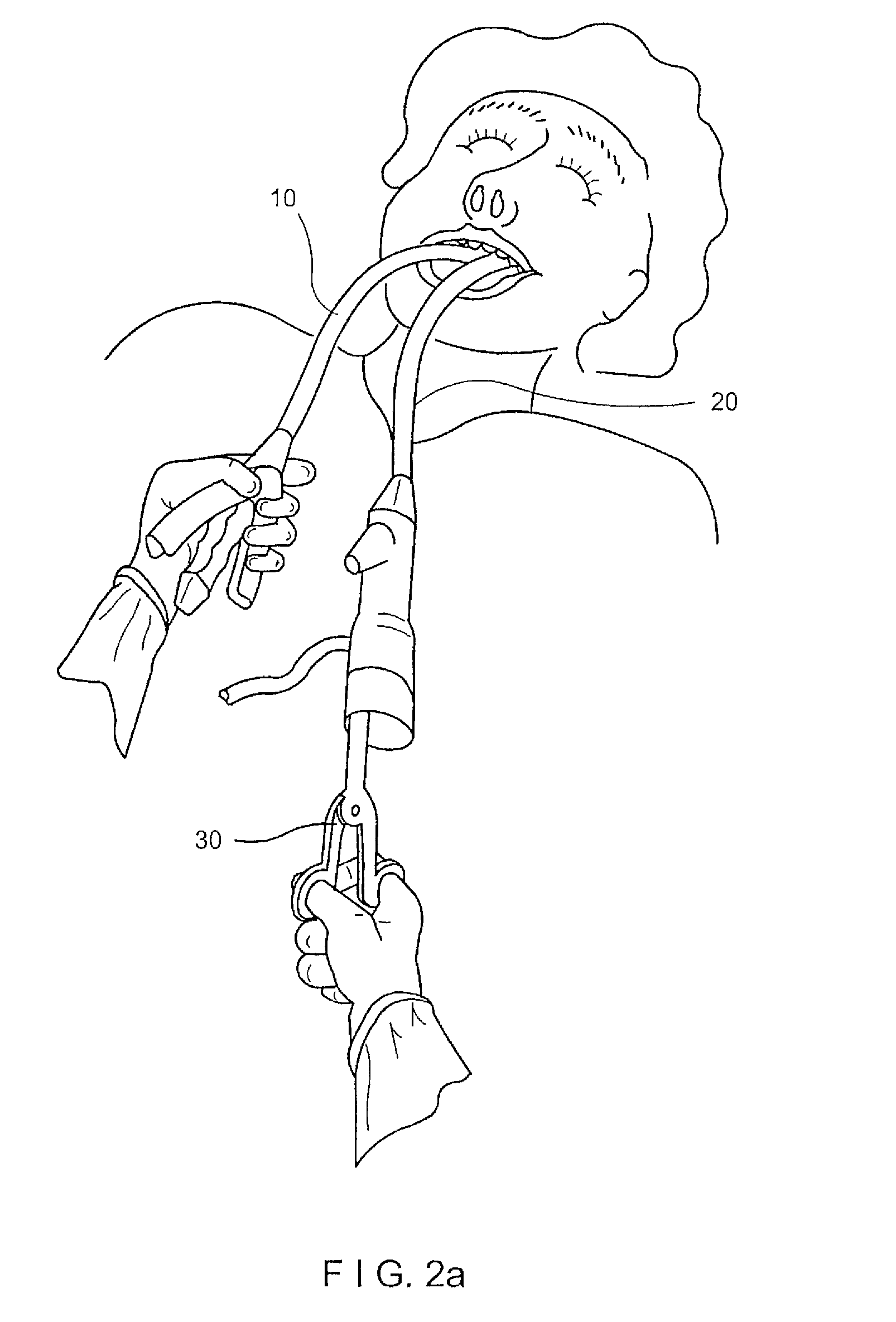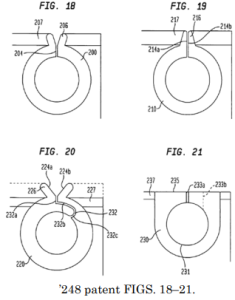by Dennis Crouch
When the Supreme Court in Cuozzo Speed Technologies v. Lee, 579 U.S. 261 (2016), barred judicial review of the USPTO's decisions to institute (or deny institution) of inter partes review, it left a small door ajar for agency "shenanigans." This post asks whether USPTO Director John Squires recent decision in Interactive Communications International, Inc. v. Blackhawk Network Inc., IPR2024-00465 (Dir. Rev. Oct. 1, 2025), may be the case that finally gives "shenanigans" real content.
In Blackhawk, Director John Squires vacated a PTAB final written decision (FWD) that had already found all challenged claims unpatentable. Ordinarily a director review decision would still be appealable to the Federal Circuit, but Dir. Squires took the case to the next step. In addition to rejecting the PTAB opinion, Dir. Squires also terminated the proceeding and expressly declared that his order "does not constitute a final written decision under § 318(a)." The maneuver left the petitioner without an appealable decision -- even though the case had already been fully litigated and decided on the merits.
This post focuses on the appealability problem raised by Blackhawk and situates it alongside the five pending mandamus petitions now before the Federal Circuit challenging the Trump Administration's expanding assertion of institutional control over IPR proceedings. The pattern here is clear and undisputed that USPTO leadership is using the cloak of § 314(d)'s nonappealability to achieve policy ends. The question though is whether the aggressive approach crosses some yet-undefined line. Blackhawk is in line with 2025’s broader posture: the Trump Administration has pushed presidential prerogative in many areas of national policy - leveraging statutory gray zones that earlier administrations largely treated with self-restraint. That new assertiveness forces Article III courts to step in and draw clearer outer bounds.
To continue reading, become a Patently-O member. Already a member? Simply log in to access the full post.










